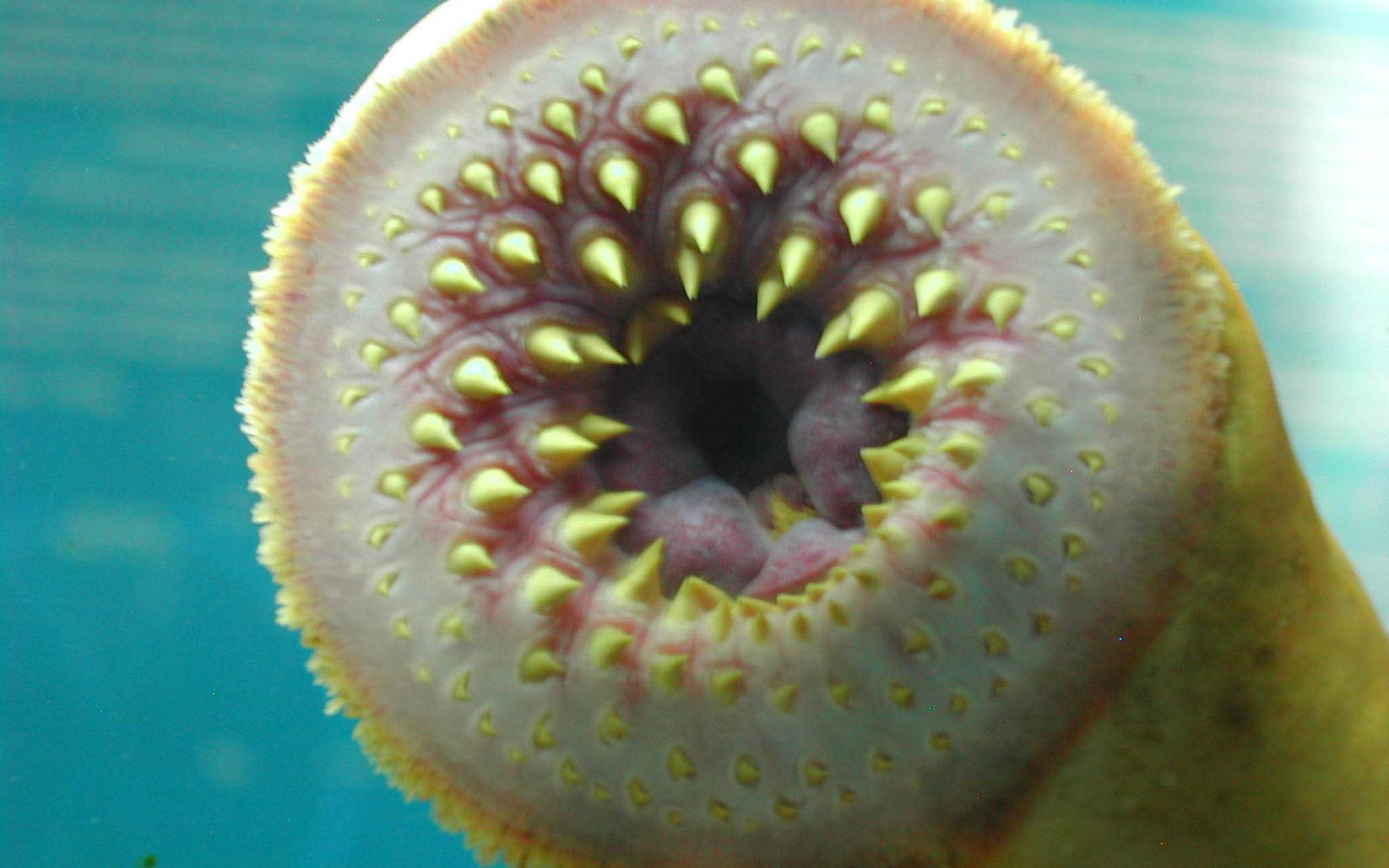

Habitat: Primarily in large rivers and shallow lakes that have mud or sand bottoms Only the alligator gar and a few species of. It is one of the most often caught fish in our fishing programs. The blue catfish is one of the largest species of freshwater fish in North America, reaching a length of 65 inches and a weight of 150 pounds. Present in Park: Commonly found in the Mississippi River. Coloration is gray with purple/bronze reflection and rounded triangular tail. Habitat: Prefers rocky areas in clear streams and lakes. It has a humped back with a long, sloping forehead and white lips. Spotted bass can hybridize easily with other black bass and threatens native black bass species. The lower fins are white-tipped and the tail is square. Nearly half of all fish species live in fresh water, which means they swim in the rivers, lakes, and wetlands that make up less than 3 percent. Its sides have yellow and pink spots with blue rings. Its upper body and dorsal fin have wormlike markings. Key ID Features: Freshwater drum average 10-14 inches in length. Dark green or blue with white belly which may become a vibrant orange as the fish nears spawning.

A freshwater drum’s lateral line (a visible line of sense organs on the side of a fish for detecting pressure and vibration) extends to the end of its tail, which is farther than most other fish species. Other names include silver bass, gray bass, lavender bass, and gaspergou from the French casse-burgeau "to break a clam." Locally many anglers refer to them as "sheepshead."įreshwater drum like turbid water and inhabit slow or moderate current over sand or mud bottoms.

That noisiness generated many colorful nicknames, including croaker, thunder pumper, grunter, grinder, bubbler. Males make a grunting or rumbling sound during the breeding season, which is thought to attract females. The freshwater drum is a fish known for its noise. Fish of the Mississippi River Introduction


 0 kommentar(er)
0 kommentar(er)
